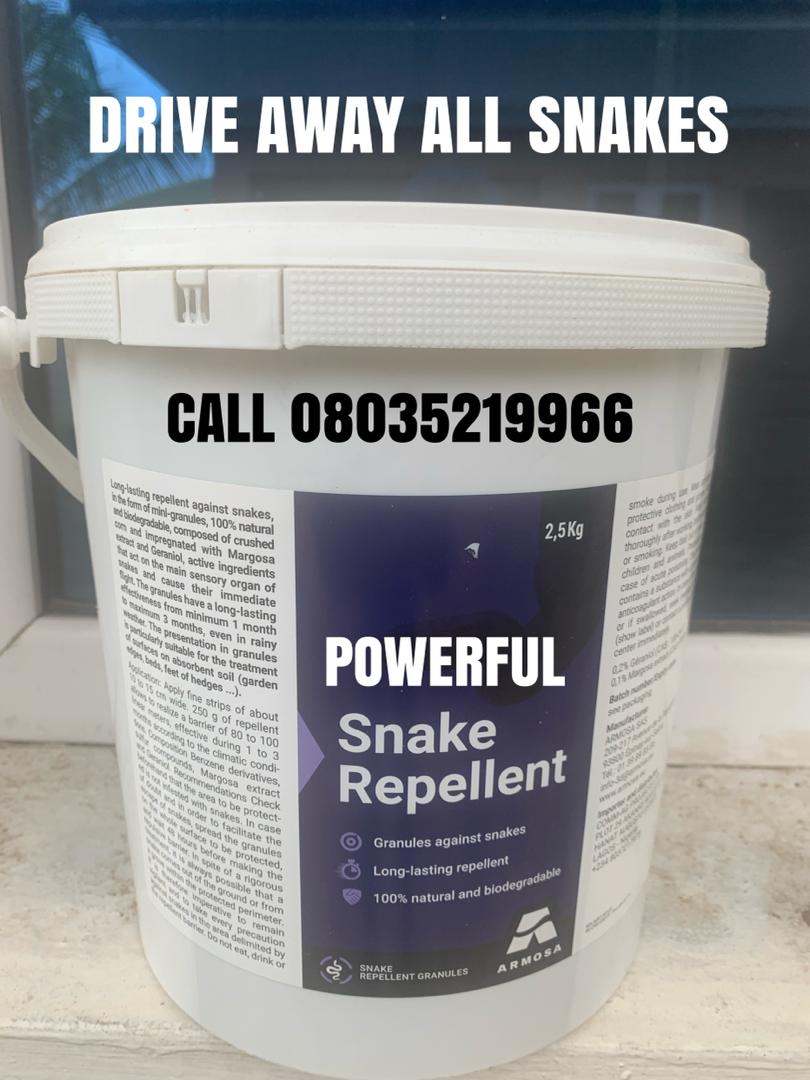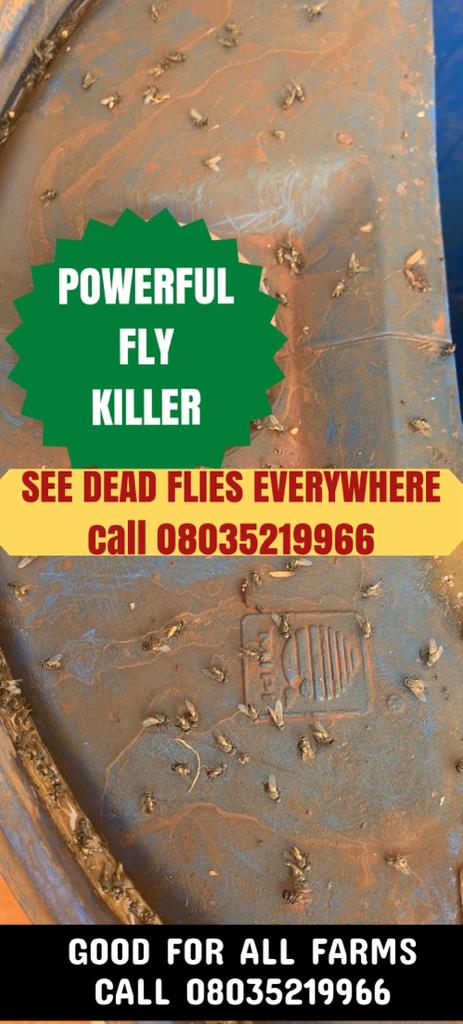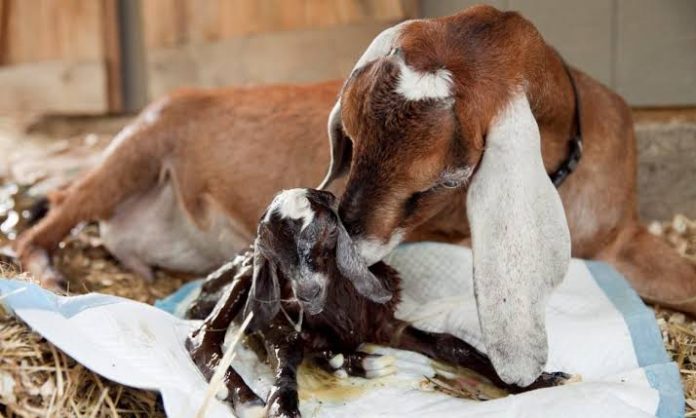 GET THIS NOW: AUTOMATED INCOME MACHINE
GET THIS NOW: AUTOMATED INCOME MACHINE
Signs That Your Goat is Getting Close to Kidding (Giving Birth)
In goat kidding, it can be scary when a little goat’s life depends on your momentary decision. That’s why it’s important to prepare for goat kidding in advance.
 Learn More
Learn MoreKnow what to expect. Prepare to help your goat through pregnancy, labor and birth.
Train yourself to recognize the signs of problems and to know exactly what to do about them. When you’re confident and prepared to help your goat give birth, you can relax and enjoy these moments.
Even if you’re experiencing goat kidding for the first time, you can learn how to be that confident, prepared person.
Let me show you goat kidding tips the “pros” teach so you can successfully help your own goats through pregnancy, labor, birth and beyond.
 E- book offer of the day:
E- book offer of the day: 
 Buy Sheep and Goatz Farming Business Report
Buy Sheep and Goatz Farming Business Report
Prenatal Care
If your mama doe has kidded before, plan to give her about a two-month break before kidding again. This will dry up the doe’s milk from any previous kidding by two weeks before any new kids arrive.
A little over a month before kidding give the doe a Selenium/Vitamin E supplement as well as copper, especially if you live in an area where these minerals may be deficient in the plant material your goat has been eating.
These are minerals that you would normally supplement into your goat’s diet anyway, so it’s important that a doe receive these supplements prior to kidding as well. Many serious problems that a doe or her kids have just after birth can be avoided by simply taking these steps.
About a month prior to kidding, give the doe Enterotoxemia and Tetanus vaccinations. A couple of weeks before kidding, give the doe another round of Selenium/Vitamin E and copper supplements.
How to Tell How Far Along a Doe’s Pregnancy Is
Goats have an average gestation period of about 150 days. However they can deliver a week or two early or late, and the exact gestation period is different for different breeds.
To know when your goat is going to kid, you need to know when the doe was bred. Therefore, keep a close eye on your goats when they are breeding, and when a doe is bred, keep a written record of the approximate date, if possible, so you can calculate when your kids are due.
We keep track of this so we are able to inform our buyers of the expected kidding schedule, and they will often reserve kids in advance of birth.

Preparing Kidding Equipment and Supplies
Before kidding, prepare a special kidding stall or isolated area where you can be with the doe and help her during kidding, without other goats or animals interfering. Make sure the area is a reasonable temperature and fairly dry, with soft material like pine shavings on the ground.
As your doe gets closer to kidding, here are some of the supplies to have ready in advance in your “Kidding Kit”…
Clean rags and paper towels, along with a trash bag, to help with the mess that will be created.
Several towels to be used to hold onto a slippery kid while you are cleaning it off, and also for the doe to lay on if needed.
Flashlight or lantern in case the kid is delivered during the night.
Scissors to puncture the amniotic membrane bubble if needed during the birth
Baby bulb syringe, to remove fluid from a kid’s nostrils and mouth
Betadine scrub, water, soap, and personal lubricant. These will be needed in case you need to reach in to help the new kid coming out.
Dental floss, iodine and plastic film canisters. You will need the dental floss to tie off the umbilical cord, and use a plastic film canister (or other small plastic container) to dip the umbilical cord in the iodine to kill any bacteria.
Goat Labor and Birth
Most does want to be left alone during labor. Some prefer to stand when getting close to delivering the kid.
Some does will prefer to lie down. Either way is fine.
Just stay nearby and watch, to make sure she doesn’t position herself in some way that may not be safe, dry, warm and comfortable, or that may prevent you from helping her properly if needed.
As a doe gets closer to delivering, she may sometimes act strange. She may walk around in circles, or lay down and then stand up trying to get comfortable.
Don’t wait – buy this captivating ebook right away.
 Poultry farming business report Volume 5
Poultry farming business report Volume 5
She also may scratch at the ground like she’s trying to make a nest. You may also notice her tail head, the top of the tail, arching up while the tail is pointing down toward the ground.
Signs That Your Goat is Getting Close to Kidding (Giving Birth)
There is a way that you can tell if the kid is getting ready to come soon. Feel the doe’s ligaments along her spine near her tail.
There are certain changes that will occur in the ligaments just hours before a kid is about to be delivered. Start trying to feel these ligaments early in the process so you will be able to notice the change.
There are two ligaments that run parallel to the spine starting where the back slopes down towards the tail. Put your fingers around the top end of the tail and feel the ligaments on either side.
They should be pretty hard and should be about the size of a pencil. When the doe is within hours of delivering, you will notice those ligaments getting very soft, and eventually almost disappearing.
When they disappear, you should be able to almost reach your fingers all the way around the top part of the tail. The area on either side of the tail where the ligaments are located should begin to sink in a little bit.
Also you may notice the tail raising slightly. Take some pictures of this area on the doe so you can compare them as she makes progress.
When you notice these changes happening, then you are probably within hours of the delivery. The new kid may come within a couple of hours up to 12 hours – it’s not an exact process.
Steps in Delivery of Kid
If more than one kid is expected (which is very common with goats), arrange to have more than one person available to handle each. You will need one person tending to one kid (helping to clean and clear its nostrils and airways) while another person is helping with the delivery of another kid.
It’s not unusual for does in some goat breeds to deliver several kids at once. For example, with Nigerian dwarf goats its not unusual for a doe to have 3 to 5 kids at one time.
Keep this in mind when you are getting your supplies together and arranging someone to help you. Also, don’t get too stressed.
Remember that, once you make sure a kid is out safely and breathing, you can then leave it with the doe and she should take over from there. Labor can last as much as 12 hours or more the first time, and it’s not an exact time frame, so be prepared to be patient during the process.
In the second stage of labor, contractions will make the goat start pushing. Then you know you are getting closer.
Positioning the Kid
When the doe starts pushing a kid out, you will need to make sure its legs and head are in the right position (see below). From the time the doe starts pushing, the first kid should come after about 30 minutes to an hour.
At the time of delivery, you should see a thick discharge and a bubble coming out of the doe’s vagina. The bubble is the amniotic membrane which is around the kid.
What if There are Complications?
In some cases a kid could be in wrong position.
You or a vet may need to intervene. I suggest having your vet’s contact information handy in case you need it during the process.
Better yet, put your vet on notice when you are expecting your doe to kid so the vet can be prepared to help if needed. Some kids can come out back-feet first, in a breech position.
READ ALSO 21 facts about cattle worms that every large ruminants farmer should know
If so, they could start trying to breathe before they are out, and could breathe in amniotic fluid which can cause respiratory problems later. So get the head out as quickly as possible before that happens, and clear any fluid.
Sometimes the head is coming out but the front feet are back rather than forward. Sometimes the front feet are coming out, but the head is bent back or to the side or with the top of the head coming out first, rather than forward.

Repositioning a Kid Before Delivery
In those cases, the kid will need to be re-positioned before it can come out safely. It takes some experience to do this yourself. If it’s your first time helping a doe with kidding, you may want to have a friend present to help, who has done this before.
If no experienced friend is available, and a problem develops which you’re not comfortable handling, don’t hesitate to call your veterinarian over to help.
After you observe how the vet re-positions a kid, this may give you some experience that can make you more comfortable trying it yourself if needed next time.
If you get a vet involved, and they can’t get the kid re-positioned correctly , they may have to do a caesarean.
“put your vet on notice when you are expecting your doe to kid”
Normal Kid Positioning
Normally, when the kid is coming out in the proper position, you should see or feel the two front feet. You should also feel the head between the two front feet, in a position almost as if the new kid is diving into a swimming pool.
If you see the two front feet but you don’t see the head, do not try to pull. The head may be turned back or to the side and, if so, pulling on the legs might strangle the kid. Make sure the head is positioned forward between the two front legs before you help pull the kid out.
ATTENTION: Click “HERE” to join our WhatsApp group and receive More updates directly on your WhatsApp!
Pull it out by the legs by pulling downward as it comes out. After the kid comes out, if it’s still in the amniotic membrane, you need to break it carefully with your scissors, and then clear fluid from the kid’s mouth and nostrils using a baby bulb syringe.
The kid should respond, breathe and make noise. If the kid isn’t breathing, try holding its back feet with one hand, supporting the neck with other hand, and swinging the kid back and forth in a semi-circle motion, with the head facing outward, to try to clear fluid by using the centrifugal force from the swinging motion.
Check the kid, and repeat those steps, until the kid is breathing. Wrap a towel around kid when you do this to avoid it slipping out of your hands.
After the Birth of Your New Kid
When a new kid is born, cut the umbilical cord off so it is about 3 or 4 inches long. Dip it in iodine to kill any bacteria.
If the cord is bleeding, tie it off with dental floss. After that, leave it alone and it will eventually dry up and fall off safely by itself.
You may need to help clean up the new kid after it comes out. The doe will usually do some cleaning, but not all of them do the same thing.
After a short time, if the kid does not start nursing on the doe, help guide the kid to a teat to help the kid figure it out. Keep a close eye on any new kids for a number of days.
Make sure they are in a safe, confined space because they can often wander off by accident and can easily get through a fence and be killed by a predator.
Also, watch to make sure they are nursing okay, being accepted by the doe, staying dry and warm and not being physically roughed-up by any of your other goats or animals.















